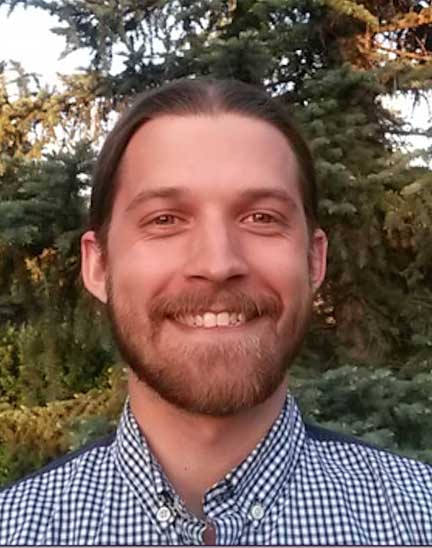
An Alberta law firm is bringing data and visualization into its aboriginal advisory practice to show, and not just tell, courts and the Crown the impact of development projects on traditional aboriginal territories.
 Lawyer Avnish Nanda, of Nanda & Co., says the tool, which combines advance GIS mapping with legal analysis, “provides more compelling evidence” than lengthy documents detailing the impact of developments on traditional lands.
Lawyer Avnish Nanda, of Nanda & Co., says the tool, which combines advance GIS mapping with legal analysis, “provides more compelling evidence” than lengthy documents detailing the impact of developments on traditional lands.
GIS, or geographic information system, is a digital system for capturing, storing, checking, and displaying data related to positions on Earth's surface.
“It has visual representation to the tree, to the bush, to the exact location of where the impact will occur,” says Nanda, adding the tool will also help First Nations in strategizing for future consultations.
The map shows information on treaty rights in specific areas along with current and planned developments in those areas. Nanda and his colleague Andrew Fehr, of North Raven Consulting, were able to pull the data on emerging developments from the Alberta government’s record of lease sales.
Clients “get a much better sense of what’s going on from maps than some bureaucratic or industry documents,” says Fehr.
Fehr explains the tool also uses remote sensing technology, which shows how areas have changed over several decades and the resulting erosion of aboriginal activities like hunting or fishing. It also highlights the cumulative effects of a number of projects, according to Nanda.
“We’re trying to really spell [out] the story of what’s happened to the traditional First Nation territories [and] how their land use has been affected,” says Fehr. “We don’t think that the Crown or the industry understand or don’t care to take the time to understand, so we want to really help spell it out.”
First Nations communities can take these maps into negotiations and consultations to “really press home the point,” adds Fehr.
The visual tool is especially important as First Nations communities are overwhelmed by requests for consultation and don’t always have the resources to adequately prepare, he says.
While Nanda and Fehr are currently hoping to use their tool in Alberta, they say it’s relevant anywhere in Canada.